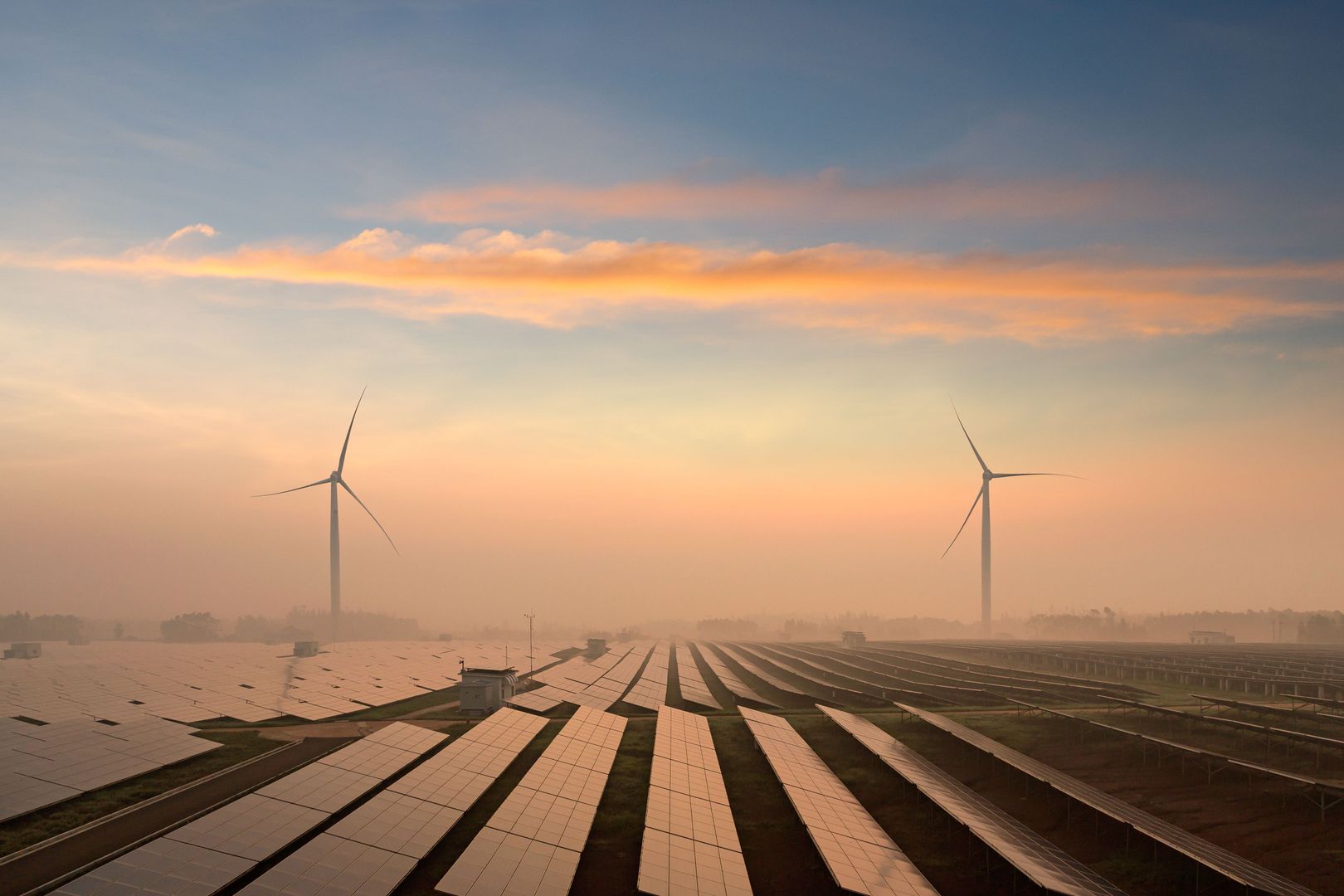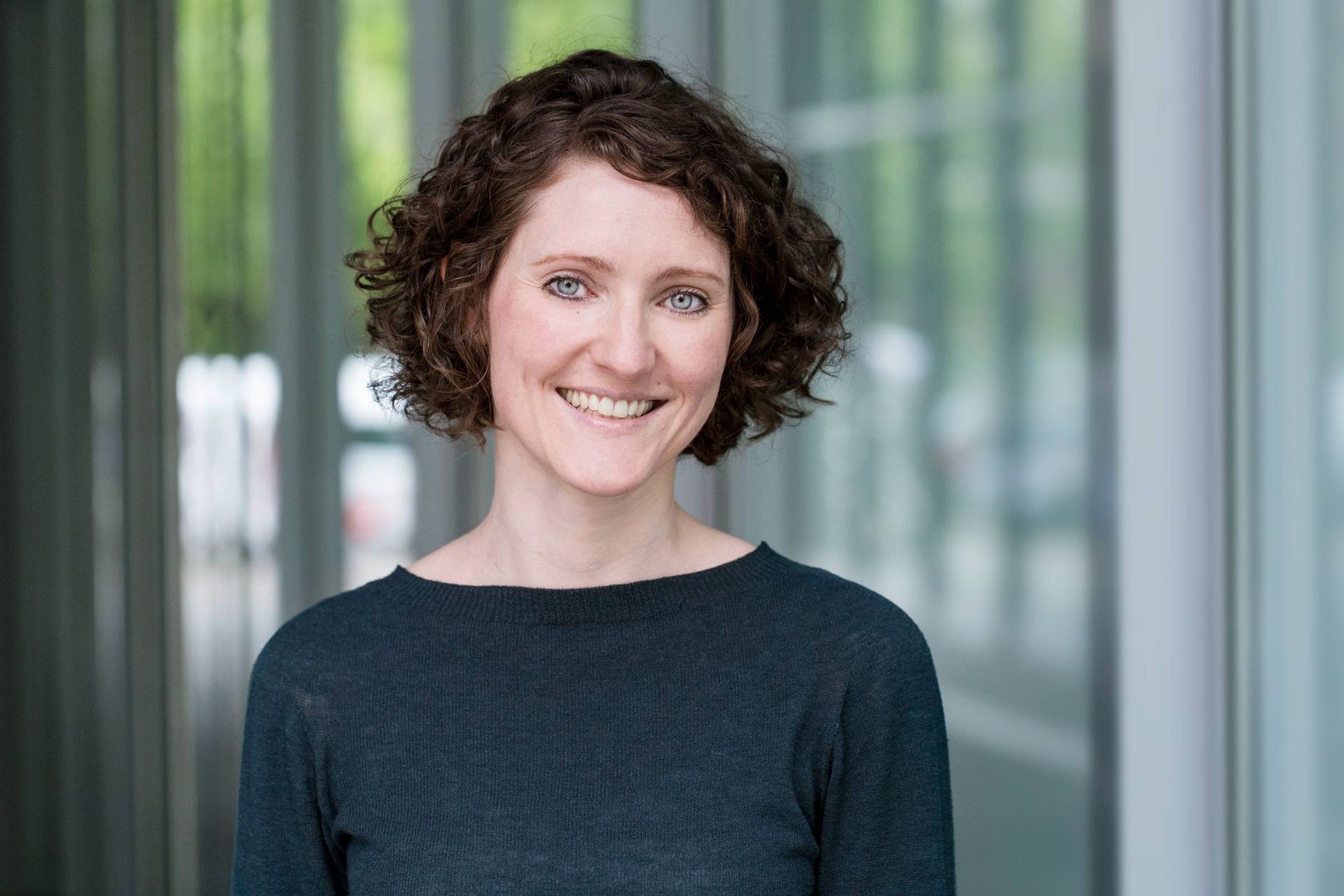Commencement of Renewable Energy Aggregation Demonstration Experiment
Evaluating Imbalance Avoidance, Profitability and Forecast Accuracy with All Participating Companies

Next Kraftwerke Toshiba Corporation (TNK) and Toshiba Energy Systems & Solutions Corporation (Toshiba ESS), with TNK as the consortium leader, were selected in June this year for a demonstration project [1] publicly solicited by the Ministry of Economy, Trade and Industry (METI), and have been preparing for system development and other activities. From today until January 14th next year, the companies will implement a common demonstration experiment with the participation of all consortium members.
This demonstration project will combine large-scale renewable energy power generation facilities with a total of approximately 1 GW of variable photovoltaic power generation, wind power generation and other types of power generation, with distributed energy resources, such as storage batteries (hereinafter “DERs”). The project is being conducted by a consortium [2] of 17 renewable energy aggregators and 11 demonstration partners with the aim of building a stable and efficient power system using DERs and expanding the use of renewable energy.
In the common experiment to be launched today, the power generation balancing group will be comprised of the renewable energy generation facilities in each grid area [3] of the consortium members, and an “evaluation of imbalance [4], profitability and forecast accuracy” will be conducted based on the common evaluation method and evaluation index. For the “evaluation of imbalance avoidance,” the effect of reducing the amount of imbalance of the three methods, “increasing the number of renewable energy generation facilities,” “recharging and discharging storage batteries” and “market transactions” will be evaluated. The “evaluation of profitability” involves forecasting market prices and evaluating the extent to which profits can be improved by creating a recharge/discharge plan that recharges storage batteries when market prices are low and discharges them when they are high. The premium unit price of the FIP system is also taken into account in the calculation of earnings. Finally, for the “evaluation of forecast accuracy,” the companies will evaluate the impact of the timing of the forecasting and the model of forecasting on the forecast accuracy.
In addition to these verification experiments by each consortium member, the consortium as a whole will also be evaluated. In the overall evaluation, the consortium will be regarded as a virtual aggregator, and the common verification experiment described above will be conducted using data from approximately 1 GW from renewable energy generation facilities. In this way, we will verify the profitability of owning large-scale renewable energy generation facilities. Furthermore, the above common demonstration experiment will utilize forecasting and optimization technologies developed by the Corporate Research & Development Center of Toshiba Corporation.
Hideki Shingai, CEO of TNK and the marketing executive of the renewable energy business unit at Toshiba ESS, commented on this project, “While taking into account the results of this demonstration project, the consortium will aim to realize a stable and efficient power system that utilizes renewable energy and DERs, and to develop the renewable energy aggregator business.”
[1] The official name of the project is “FY2021 Subsidy for Demonstration Project for Establishing Next-Generation Technologies Using Distributed Energy Resources such as Storage Batteries (Renewable Energy Aggregation Demonstration Project within the Renewable Energy Generation Aggregation Technology Demonstration Project).” [2] Consortium member: Consortium leader ・Next Kraftwerke Toshiba Corporation List of the 17 Renewable Energy Aggregator Companies ・Urban Energy Corporation ・West Holdings Corporation ・ENEOS Corporation ・The Kansai Electric Power Co., Inc. ・Kyushu Electric Power Co., Inc. ・Cosmo Eco Power Co., Ltd. ・Japan Renewable Energy Corporation ・The Chugoku Electric Power Co., Inc. ・TEPCO Energy Partner, Inc. ・Tohoku Electric Power Co., Inc. ・Nippon Koei Co., Ltd. ・NEC Corporation ・Hokuriku Electric Power Company ・Hokkaido Electric Power Co., Inc. ・Eurus Energy Holdings Corporation ・Eurus Green Energy Corporation ・Toshiba Energy Systems & Solutions Corporation List of the 11 Demonstrating Collaborator Companies ・Idemitsu Kosan Co., Ltd. ・Energia Solution & Service Co. ・EFFICIENT, Inc. ・Kanden Energy Solution Co., Inc. ・JRE Trading Corporation ・TOKYU LAND CORPORATION ・TOYOTA TSUSHO CORPORATION ・Japan Weather Association ・First Solar Japan G.K. ・Mitsui Sumitomo Insurance Co., Ltd. ・Toshiba Energy Systems & Solutions Corporation [3] grid area: Form balancing groups for each area under the jurisdiction of the nine utilities in Japan. [4] Imbalance: The difference between the amount of electricity demanded (to be used) and the amount supplied that occurs when the energy generator is unable to achieve the same amount of electricity as planned and actually used.
Press Contact
Lotte Lehmbruck
Do you have a press enquiry or would you like to be added to the press distribution list? Get in touch



